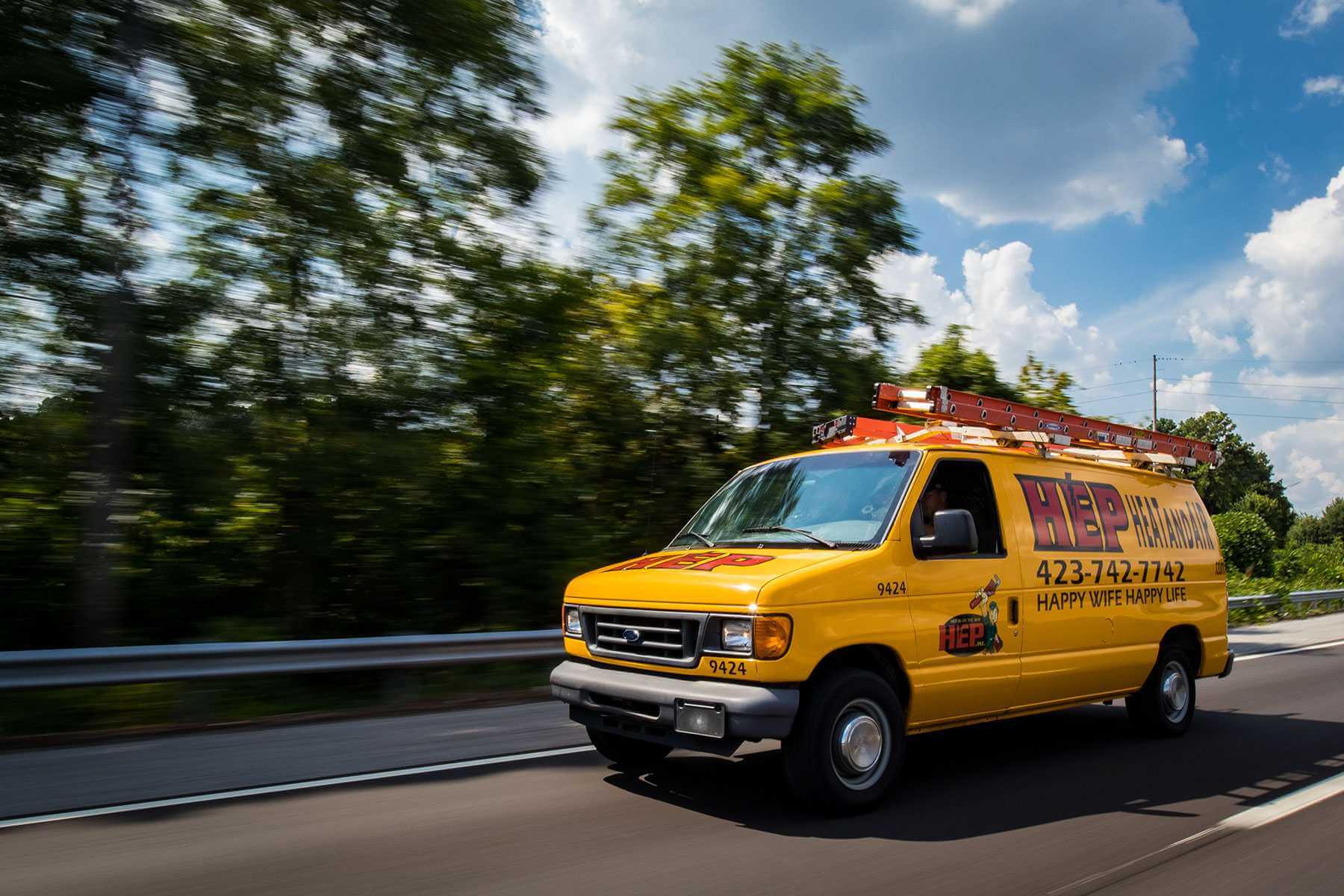

Backflow Prevention
Your trusted partner for professional home services. Quality workmanship, guaranteed satisfaction.




- HEP Plumbing
- Backflow Prevention
Backflow Prevention | Commercial Plumbing | Plumbing | Kelso
When a sudden pressure change threatens to pull contaminants back into your potable water lines, you need a partner who understands the stakes. HEP’s certified technicians specialise in backflow prevention for Kelso businesses, installing and testing devices that keep your kitchens, laboratories, and production floors compliant and safe. From meticulous cross-connection surveys to same-day repairs, we bring decades of commercial plumbing expertise and a passion for precision to every valve and vacuum breaker we touch.
Our team coordinates directly with local water authorities, files all mandatory reports, and reminds you when annual testing is due—so you can focus on running your business instead of chasing paperwork. Whether you manage a café on Roxburgh Street or a multi-unit industrial complex on Pinnace Road, HEP delivers prompt, transparent, and code-perfect solutions in commercial plumbing backed by 24/7 emergency support. Safeguard your water supply and protect your reputation with Kelso’s trusted backflow prevention specialists.
FAQs
What is backflow and why is prevention important for Kelso commercial properties?
Backflow is the unwanted reversal of water flow that can allow contaminants such as chemicals, bacteria or industrial waste to enter the drinking-water supply. Commercial sites in Kelso—restaurants, factories, medical facilities, etc.—often have higher hazard connections (dishwashers, boilers, hose bibbs, chemical injectors). If a sudden drop in mains pressure occurs (for example, during a fire-hydrant use or water-main break), contaminated water on your premises can be siphoned back into Kelso’s public water network. A properly installed and regularly tested backflow prevention assembly blocks this reverse flow and protects staff, customers, the community and your business from potential health violations, liability claims and costly shutdowns.
What types of backflow prevention devices are commonly required for businesses in Kelso?
Kelso’s plumbing code (which mirrors the current Washington State/Scottish Water regulations, depending on your local authority) recognises a number of assemblies, but the three most frequently specified for commercial premises are: 1. Double Check Valve Assembly (DCVA) – Used where the hazard is considered low, e.g., irrigation lines or standard commercial plumbing systems without chemicals. 2. Reduced Pressure Zone Assembly (RPZA) – Required for high-hazard environments where toxic substances may be present, such as laboratories, commercial kitchens with chemical detergents, breweries and car washes. 3. Pressure Vacuum Breaker (PVB) – Commonly installed on landscape irrigation systems and hose stations exposed to fertilisers or pesticides. The exact device mandated is determined by a cross-connection survey conducted by a certified backflow specialist or the local water authority.
How often do backflow prevention assemblies need to be tested and certified in Kelso?
Backflow assemblies on commercial properties must be performance-tested at least once every 12 months by a certified tester registered with the Kelso water authority. New installations or relocated devices must also be tested immediately after installation, after any repair, and whenever the assembly is removed and reinstalled. Test results must be submitted to the council’s backflow compliance database within the time frames stipulated (usually 10–30 days). Failure to file current test documentation may result in fines or water-service interruption.
What are the legal requirements and penalties for non-compliance with backflow regulations in Kelso?
Kelso adopts backflow rules from the Uniform Plumbing Code and local ordinances. These laws require commercial property owners to: • Install the correct backflow prevention assembly on every identified cross-connection. • Keep the device in good working order. • Ensure annual testing by an accredited professional and maintain records on site. Non-compliance can trigger written notices, administrative penalties, mandatory water shut-off or daily fines that can accumulate quickly. In the event of contamination, the business owner may also face liability for public-health damage, cleanup costs and civil litigation.
How long does backflow device installation or replacement take and will it disrupt my operations?
Most straightforward installations or like-for-like replacements take 2–4 hours, plus a short system shut-down to depressurise the line and perform a final certification test. Complex sites—those requiring pipe rerouting, excavation or backflow enclosures—may take a full day or more. To minimise disruption, our Kelso commercial plumbing team schedules work outside peak operating hours when possible, provides advance notice of any water outage, and uses temporary bypass piping if continuous supply is critical (e.g., hospitals or food-processing plants).
What should I look for when choosing a plumber to install, test, or service my commercial backflow preventer?
Select a contractor who: 1) Holds current backflow tester certification recognised by Kelso’s water authority. 2) Carries the correct endorsements for commercial plumbing on their state licence. 3) Provides proof of calibration for testing gauges. 4) Understands local codes, filing requirements and can submit compliance paperwork on your behalf. 5) Offers 24/7 emergency support and carries readily available repair parts. 6) Gives transparent, itemised quotes covering permits, installation, testing and retesting if needed. Working with an experienced, fully accredited Kelso plumber ensures your backflow device is compliant from day one and keeps your business running smoothly.